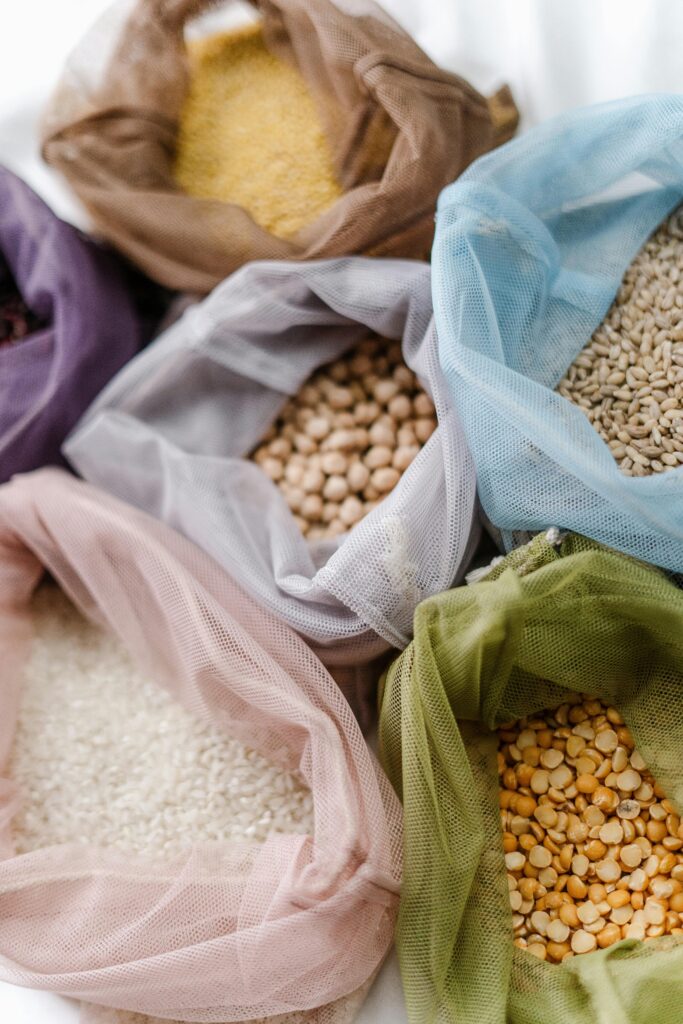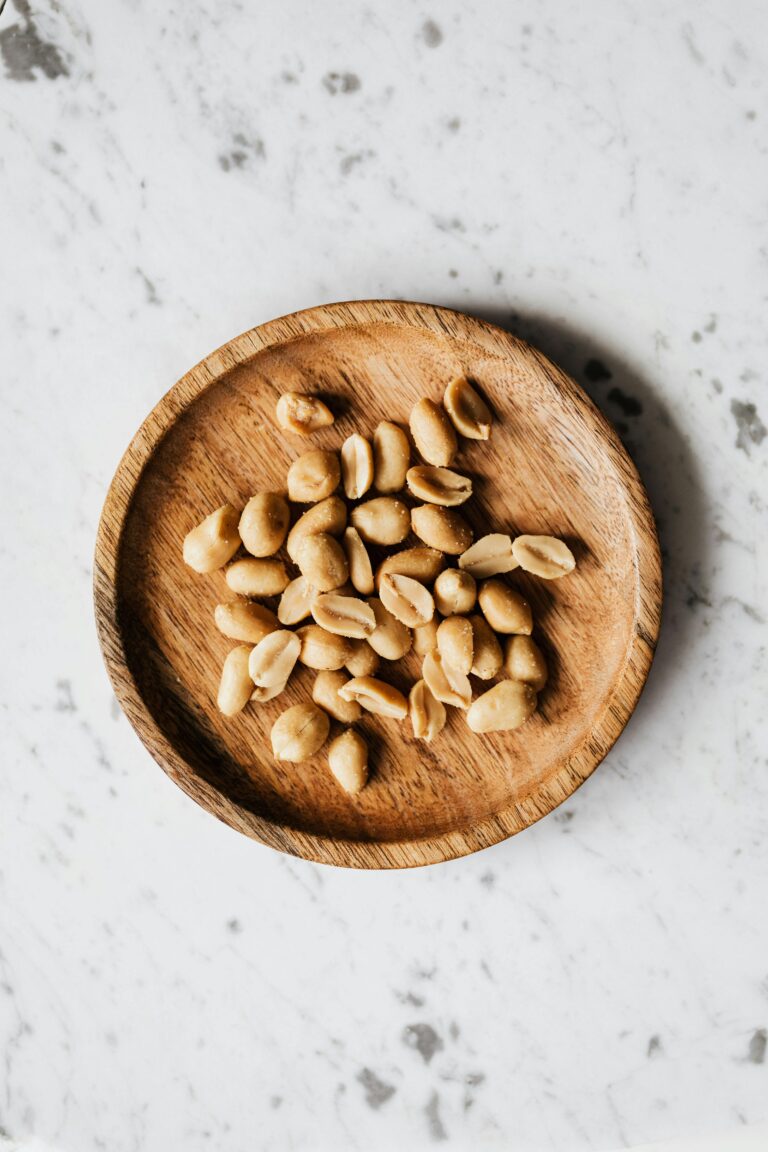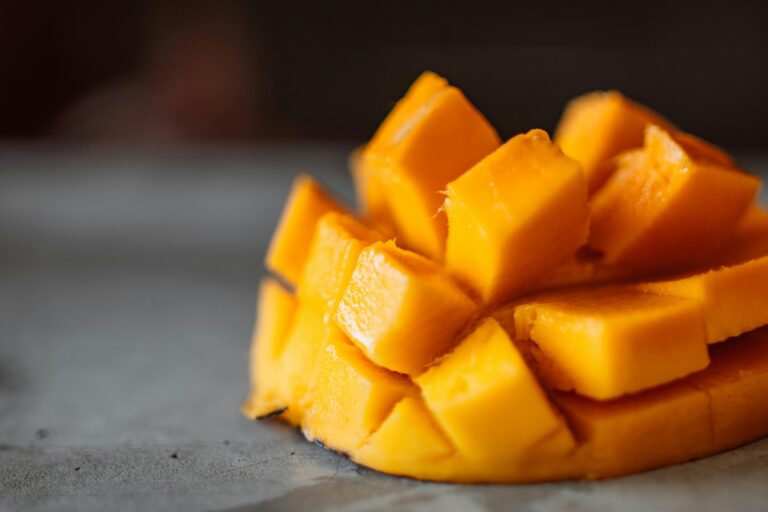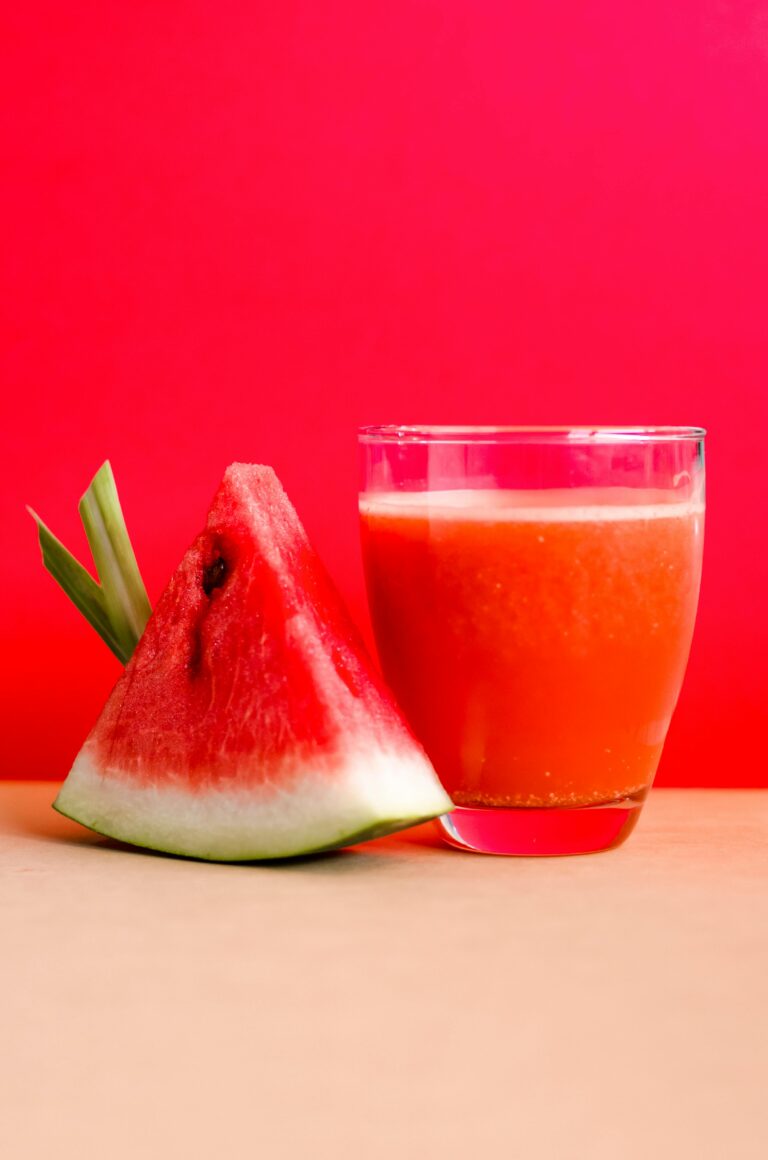Health Benefits of Foods with Natural Peels

Health Benefits of Foods with Natural Peels
Foods that retain their natural outer layers—like beans, sesame seeds, and corn—are among the most nutritious in the world. Although many people discard or avoid eating the skins or peels of fruits, vegetables, and grains, numerous studies show that the peel often contains more nutrients than the inner parts. The outer layer of certain foods is rich in fiber, vitamins, minerals, and other compounds highly beneficial to the body.
- Natural Fiber That Aids Digestion
One of the greatest benefits of the outer layer of foods like beans and corn is their high fiber content. Fiber plays a crucial role in the digestive process. When you eat foods with their peels intact—especially those that are unrefined—you get fiber that helps regulate bowel movements, reduces constipation, improves gut health, and cleanses the digestive tract.
- Blood Sugar Control
The natural coating on some foods helps slow down the absorption of sugar into the bloodstream. This prevents rapid spikes in blood sugar levels, which is especially important for people with or at risk of diabetes. Foods like beans and sesame seeds help maintain stable blood sugar levels.
- Boosting the Immune System
Foods with natural peels, such as sesame or flaxseed, are rich in antioxidants and vital nutrients like Vitamin E, zinc, and selenium. These nutrients protect body cells and strengthen the immune system. Antioxidants help combat free radicals, which are harmful molecules that can cause diseases such as cancer and accelerate cellular aging.
- Weight Loss and Obesity Prevention
Unrefined foods with their peels provide a feeling of fullness, which helps prevent overeating. This is especially helpful for those trying to lose weight or manage obesity. For instance, eating corn with its outer layer provides energy without consuming too many calories.
- Heart Health and Prevention of Serious Diseases
Many foods with their peels help prevent heart disease. Beans and sesame seeds, for example, lower bad cholesterol (LDL) and increase good cholesterol (HDL). Additionally, certain phytochemicals found in the skins of some foods reduce inflammation in the body, helping to prevent diseases such as heart disease, diabetes, and cancer.
- Complete Nutritional Value
Foods that are not stripped of their skins or shells maintain their full nutritional content. Cooking beans with their skin or roasting corn without removing the outer layer ensures the body receives essential minerals like magnesium, potassium, and iron, along with a variety of vitamins—providing complete nourishment for a healthy body.
- Healthy Skin and Hair
People who regularly consume foods with natural peels also enjoy benefits for their skin and hair. The Vitamin E, zinc, and Omega-3 fatty acids found in sesame seeds promote healthy skin and strong hair. They help reduce dryness and support cell regeneration.
Examples of Beneficial Foods with Peels
- Beans/Lentils – Their outer layer is rich in fiber and protein.
- Sesame/Flaxseed – Packed with Omega-3 and antioxidants.
- Whole Corn – Contains vitamin B, fiber, and magnesium.
- Whole Wheat – Its bran layer holds most of the nutritional value.
- Apples and Pears (Unpeeled) – Their skins are rich in vitamins and fiber.
Usage Tips
If the food has edible peels, don’t discard them.
Always wash fruits, beans, and vegetables thoroughly to remove pesticides.
Use beans and seeds regularly in different forms: ground, cooked, or roasted.
Conclusion
Foods with natural peels like beans, sesame seeds, and corn offer undeniable health benefits. They are rich in fiber, vitamins, protein, antioxidants, and other essential nutrients. Incorporating them into your diet improves heart health, digestion, immunity, and helps with weight management. For a healthier, more nutritious lifestyle, choose foods with their natural peels and avoid over-processing.





